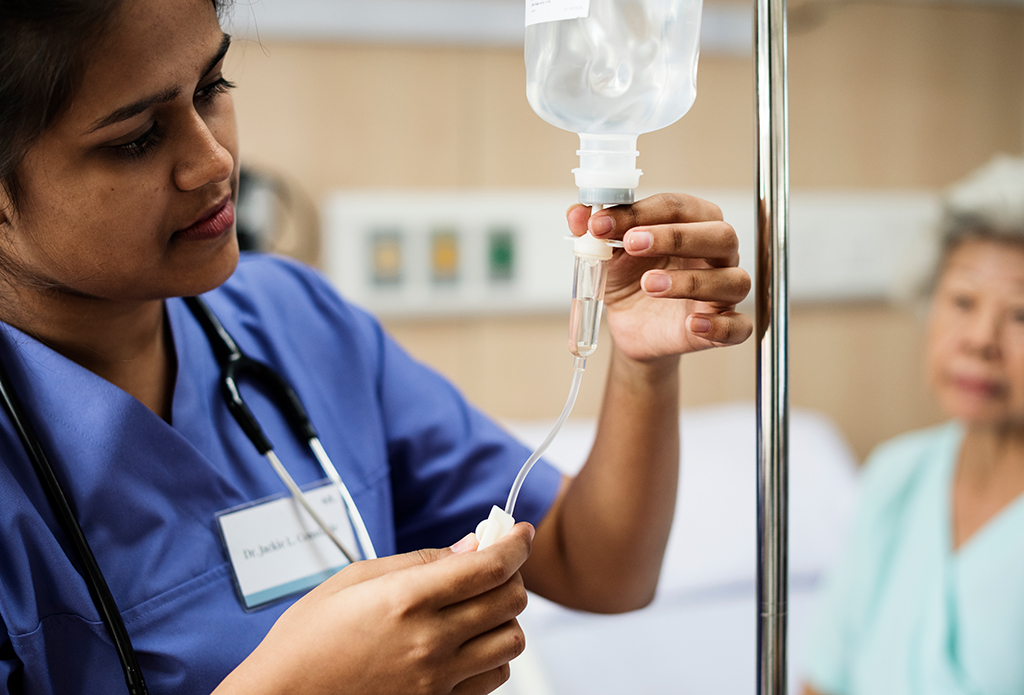
The introduction of biosimilar medicines encourages competition in our Australian market. This will lead to a reduction in the cost of medicines, resulting in savings to the health care system. These lower prices improve affordability of, and access to new treatments for seriously ill patients. Biosimilar medicines are tested in Australia. They are checked for safety and to confirm they provide the same health outcomes as the reference biological medicine.
As part of the 2017 budget process, the Government agreed to continue its investment in educating prescribers, pharmacists and consumers on the benefits of using biosimilar medicines through supporting the GBMA (Generic and Biosimilar Medicines Association) with a grant to undertake activities to further promote the appropriate prescribing, dispensing and use of biosimilar medicines.
Biosimilars are biological agents that are a highly similar version of the active substance of their originator or reference product (biologic). However, they cannot be proven to be 100% identical due to the inherent variability in all biologic medicines.
Other Forms of Biologics:
- Biobetter – an improved version of originator; and
- Non-comparable biologics – not similar to the original medicinal product.
Biological medicines, including biosimilar medicines, are used to treat serious diseases such as:
- Rheumatoid arthritis;
- Inflammatory bowel diseases such as ulcerative colitis and Crohn’s disease;
- Cancer;
- Diabetes;
- Multiple sclerosis;
- Kidney disease; and
- Severe psoriasis.
Biosimilars Approved in Australia:
Some of the biosimilar medicines approved by the Therapeutic Goods Administration are shown in Table 1.
Table 1. Biosimilar medications registered in Australia
| Active ingredient | Reference brand (Sponsor) | Biosimilar brand (Sponsor) | Date Biosimilar listed on the ARTG* |
| Filgrastim | Neupogen® (Amgen) | Nivestim® (Pfizer) | 16/09/2010 |
| Tevagrastim® (Teva Pharma Australia) | 29/08/2011 | ||
| Zarzio®(Sandoz) | 07/05/2013 | ||
| Pegfilgrastim | Neulasta® (Amgen)
Also registered under the brand name Tezmota®, Ristempa® |
Fulphila® (Alphapharm) | 17/08/2018 |
| Rituximab | MabThera® (Roche)
Also registered under the brand name Ristova® |
Riximyo® (Sandoz)
Also registered under the brand names Rixonfya® , Rixvyda® |
30/11/2017 |
| Truxima® (Celltrion),
Also registered under the brand name Ritemvia®, Rituzena®, Tuxella® |
16/04/2018 | ||
|
Trastuzumab |
Herceptin® (Roche) Also registered under the brand name Herclon® |
Simabtra® (Celltrion) Also registered under the brand names Herzuma® , Hertuzu® |
17/07/2018 |
| Ogivri® (Alphapharm) | 11/12/2018 | ||
| Ontruzant® (Samsung Bioepis) | 9/01/2019 |
*Australian Register of Therapeutic Goods (ARTG); Data correct at 1 March 2019 per Therapeutic Goods Administration publication of the ARTG.
Substitution:
The difference between biosimilar and generics is extremely important to understand. Generic, or small molecule drugs, are identical copies of their reference products and produced via chemical synthesis. As biological medicines are derived from living cells or organisms, no two batches are ever exactly the same. However, for an agent to be approved as a biosimilar, it must have been assessed to be therapeutically equivalent with no clinically meaningful differences.
Table 2 shows the main differences between chemical medicines and biological (including biosimilar) medicines.
Table 2. Differences between chemical medicines and biological and biosimilar medicines
| Chemical medicines | Biological and biosimilar medicines | |
| Molecular structure | Small, simple structure
For example, the size of an aspirin molecule is 21 atoms |
Medium to very large, complex structure
For example, the average size of a human growth hormone is around 3,000 atoms. The average size of an antibody is more than 20,000 atoms |
| Manufacture | Produced by a simple chemical process using chemical compounds | Produced by a biological process using living cells or organisms |
| Copying | All batches are exactly the same | Batches may be slightly different |
| Availability | Usually prescribed by general practitioners or specialists, or can be bought over the counter | Usually prescribed by specialists |
| Administration | Often swallowed in tablet or capsule form | Usually administered by injection or infusion |
References:
- Department of Health. Biosimilar medicines: the basics for health care professionals. Canberra: Australian Government; 2017.
- Lyman GH, Balaban E, Diaz M, Ferris A, Tsao A, Voest, et al. American Society of Clinical Oncology statement: biosimilars in oncology. J Clin Oncol. 2018; 36: 1260-65.
- Stenger M. Opportunities, issues and challenges for biosimliars in oncology. The Asco Post; 2019.
- Tabernero J, Vyas M, Giuliani R. Biosimilars: a position paper of the European Society for Medical Oncology, with particular reference to oncology prescribers. ESMO Open. 2017; 1(6): e000142 10.1136.
Subscribe Knowledge Centre Updates
Enter your details to receive Knowledge Centre updates
